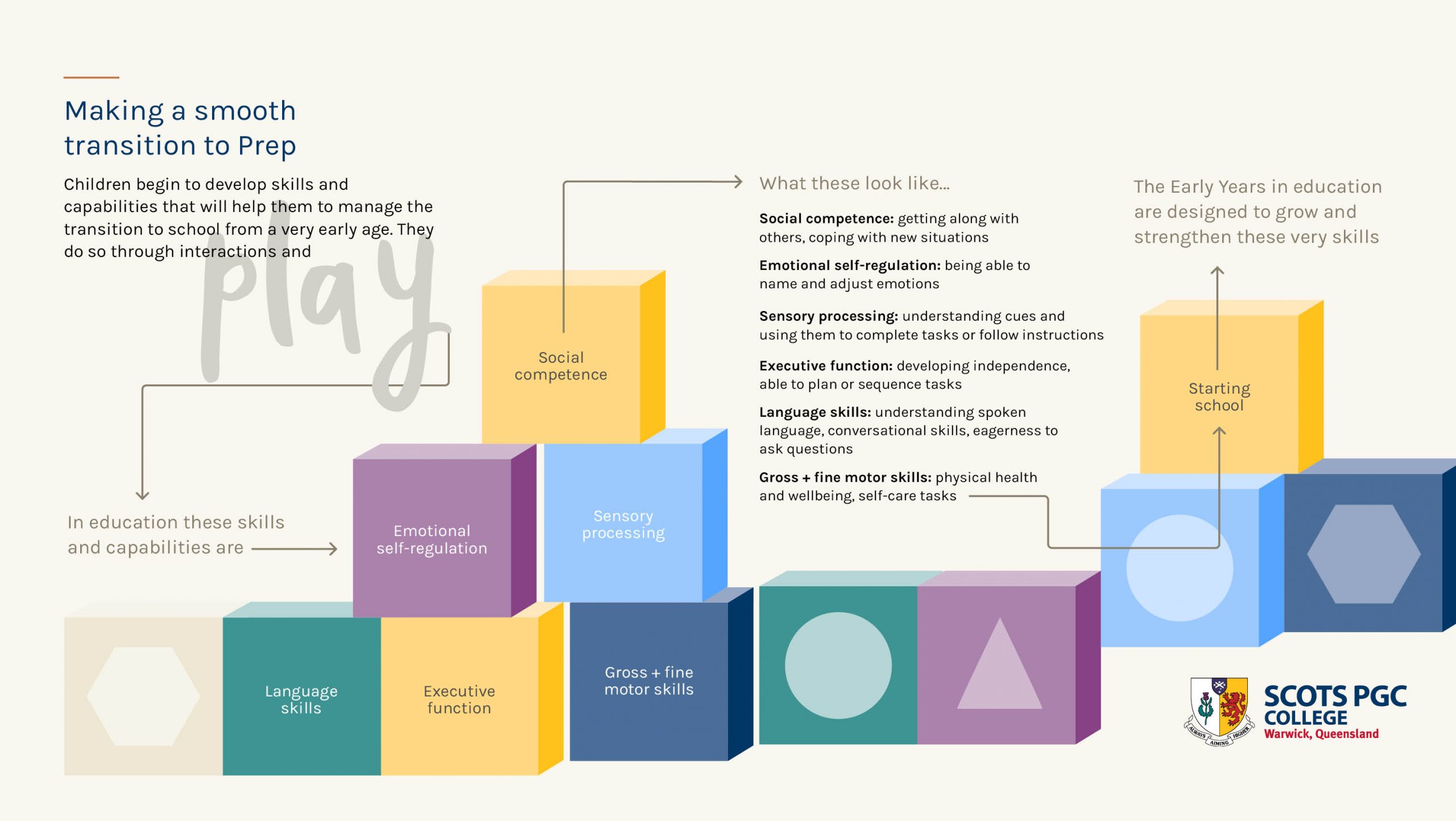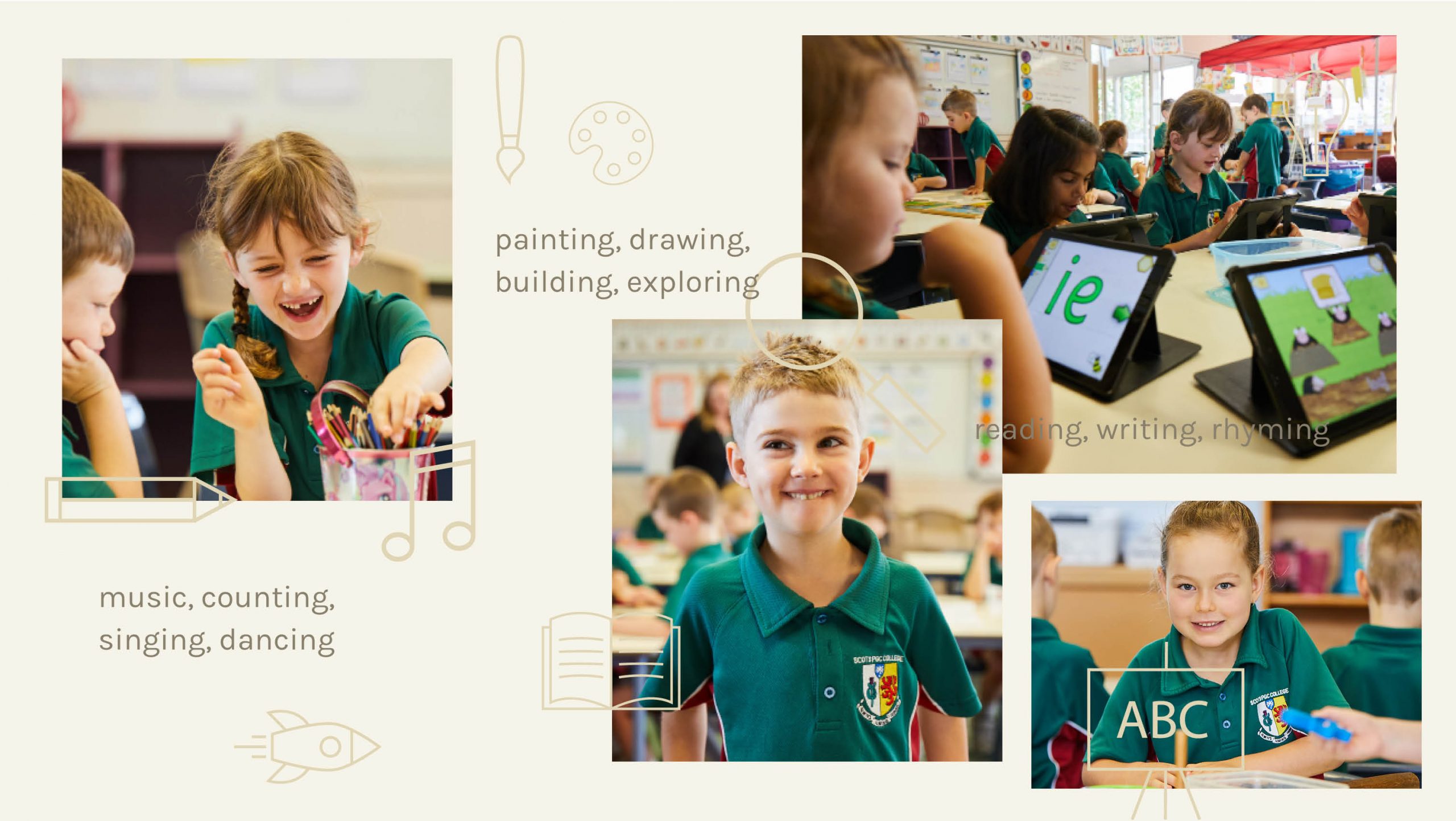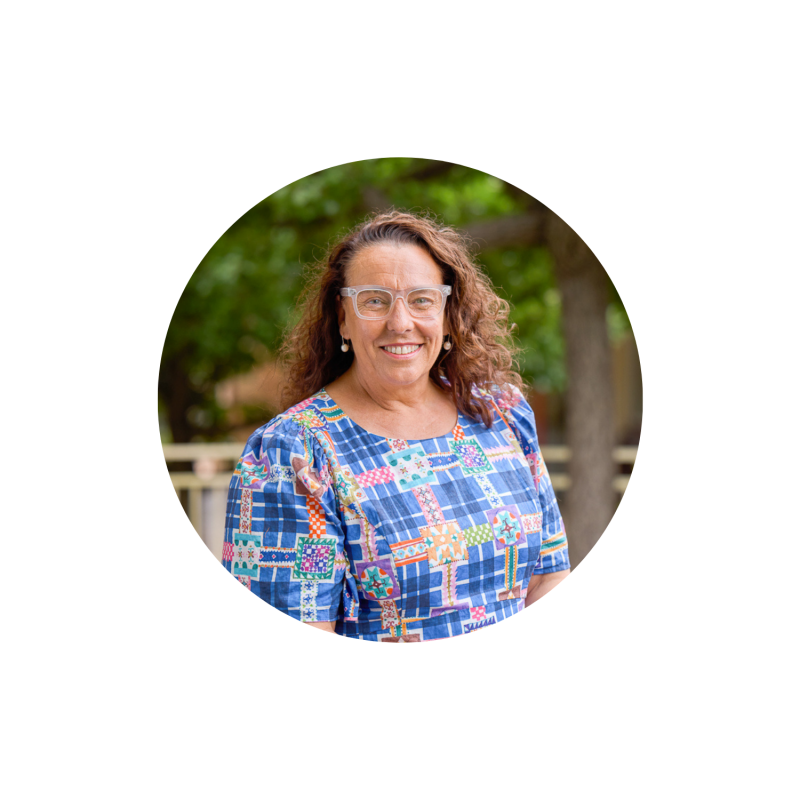Ready, steady, Prep
We explore some of the most common questions we receive about starting school for the first time and what you can expect when it comes to Prep. A dash of excitement, a hint of apprehension and a touch of nervousness. Anticipating the transition to Prep is likely to be met with of all three feelings and it’s an experience that naturally prompts many questions –
What can we expect? What will an average day look like?
Will my child be ok? Will they make new friends?
And increasingly, ‘Is my child actually ready?’
‘Readiness’ has become part of our everyday vernacular and with endless information available, varying opinions and the experience differing significantly to when we ourselves first started school, it’s easy to see why. The term itself, however, is somewhat misleading, implying that children must come ‘equipped’ and ready to go with certain academic abilities. But as we all know, all children are different and at this young age, all will hold different skills, knowledge and perspectives – and that’s ok.
While some basic skills are important, thinking about capabilities that can help children to positively navigate change is far more helpful. Capabilities like getting along with others, being able to name feelings or communicate needs and ideas; capabilities children develop from a young age through interactions and play.
While these can help to indicate a child’s ‘readiness’ it’s equally important to remember that the Early Years in education are designed to build these very skills too. So, if you’re unsure about your child starting school, speaking with one of our Early Years educators is a great place to start.

Reframing readiness
No child will ever be 100 percent ready. And we don’t expect them to be. That’s why we’re here!
For us, school readiness is less about being definitively ready or not and more about finding ways – as educators and parents – to help children make an easy and successful transition to school. Here’s how we approach it at SCOTS PGC:
- We work in close partnership with parents
- We teach our boys and girls to problem solve
- We guide them in how to deal with setbacks
- Children learn what they see, so we model effective coping strategies and positive self-talk
- We keep learning fun and make tasks easy to follow and understand by drawing on strategies like two-step instructions or chunking instructions together
- Most importantly, we focus on the positives as a way to fuel further positivity
Learning in Prep
Young children are intrinsically wired to learn and we use Prep to nurture that love for learning. We do this by drawing on a range of strategies designed to challenge and inspire.
A responsive approach also enables us to foster intuitive exploration. For example, you’ll often find our Prep teachers drawing on experiences and ideas that reflect our boys and girls’ interests. We refer to this as listening to ‘student voice’. Doing so provides children with an opportunity to co-construct the learning space and it’s a great way to empower young learners. It also allows us to better understand how each child learns and when we know this, we can tailor the experience accordingly. Student voice is just one example and we use a range and balance of teaching and learning strategies to create a dynamic learning environment that looks like this –

In the same way that play provides a medium for learning in a child’s formative years, it continues to play an important role in the Early Years working to expand a child’s world and further build the capabilities we explored earlier.
A blended approach to teaching and learning also helps to build the foundations needed for literacy and numeracy.
And finally…
From an everyday perspective, here’s what Prep looks like –


Tonia Lassman
Tonia Lassman is an experienced and passionate educator with a strong background in Early Years and Primary education. From teaching in the classroom, to leading and managing academic programs, Tonia has dedicated her career to creating high quality learning environments focused on developing the ‘whole’ child.
